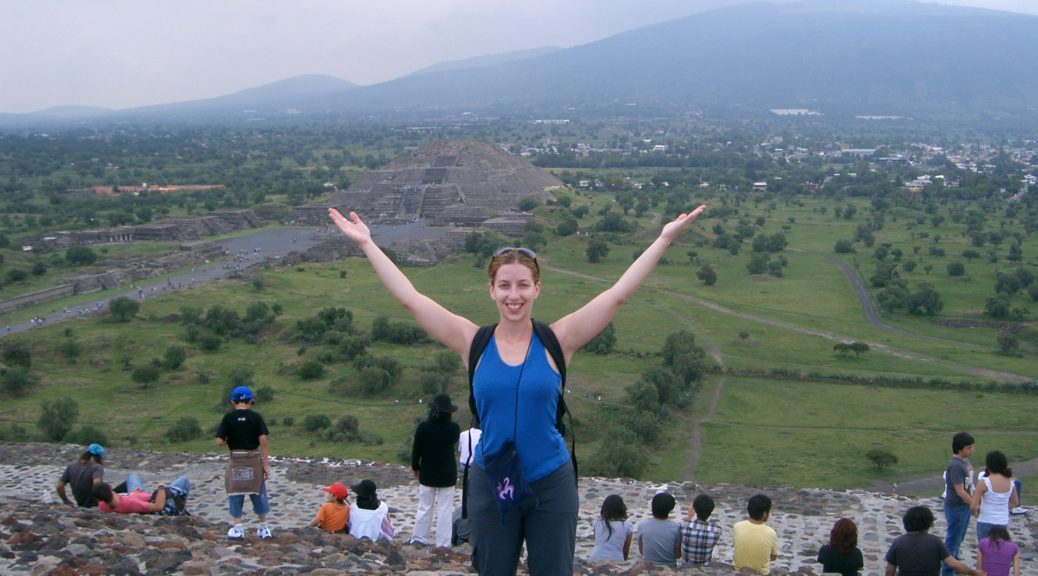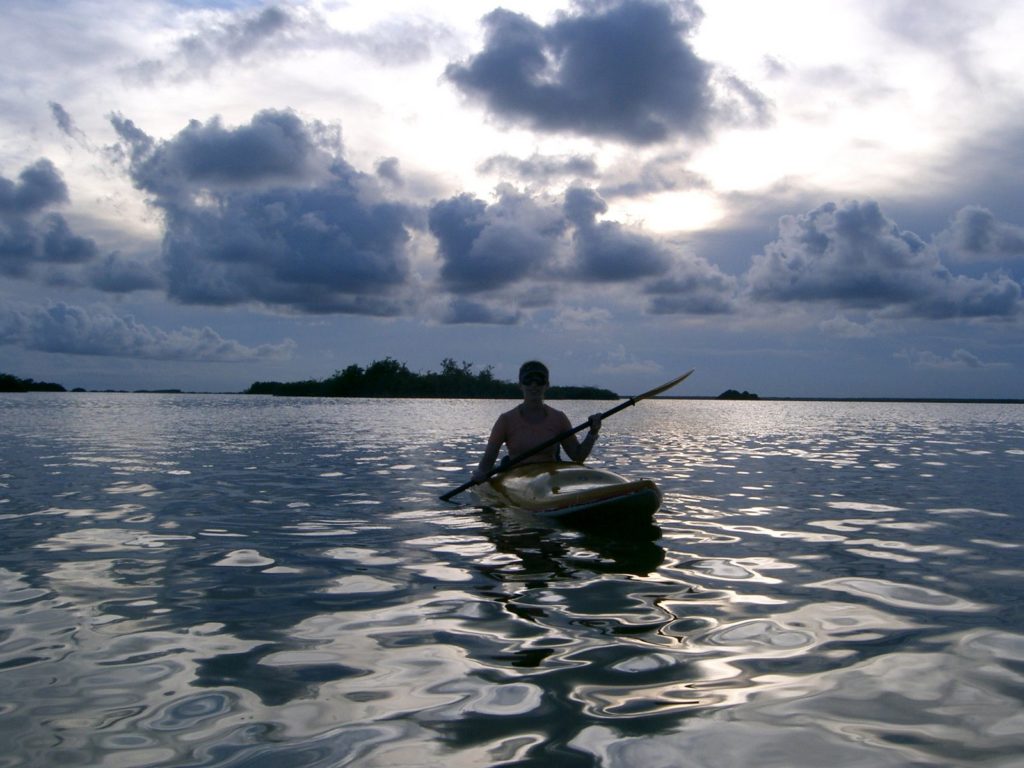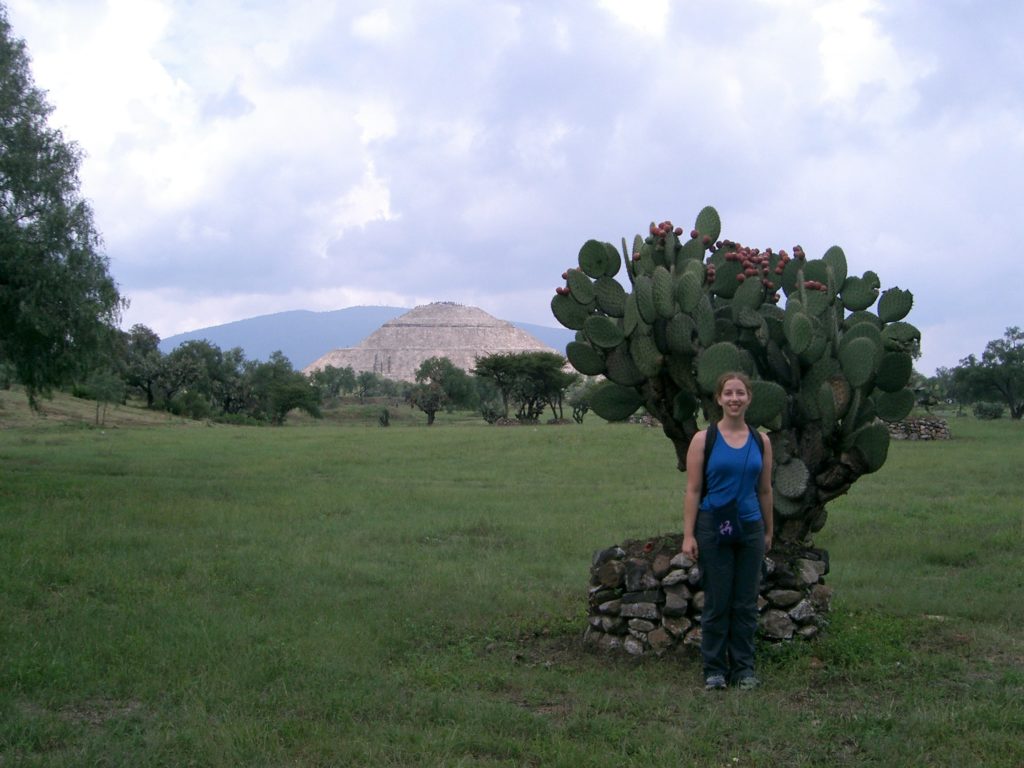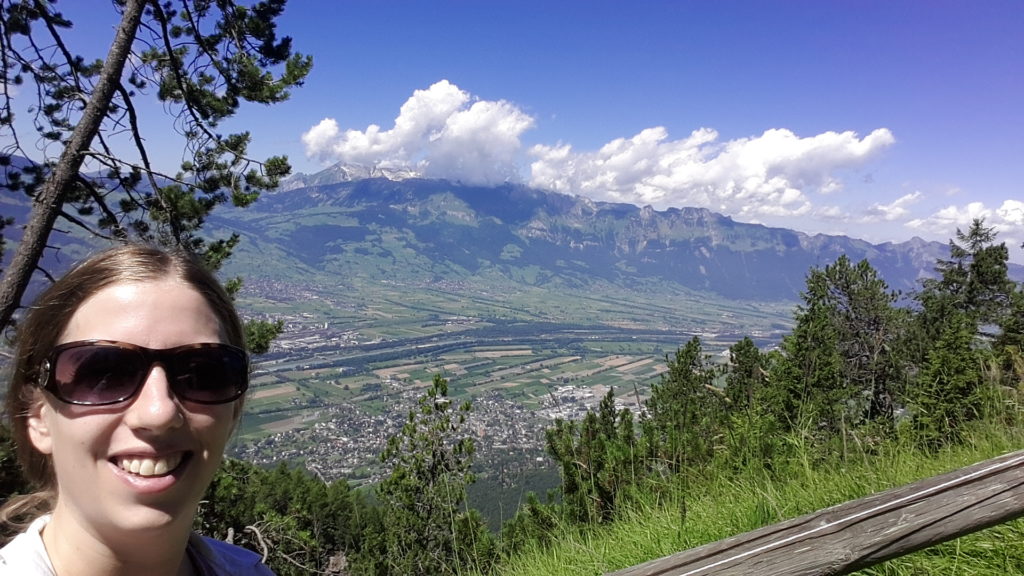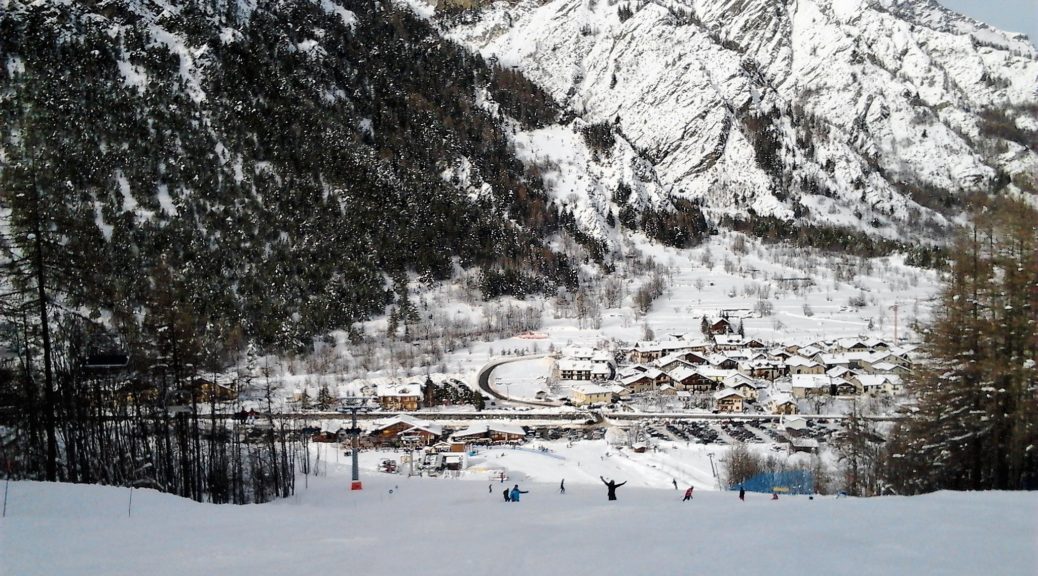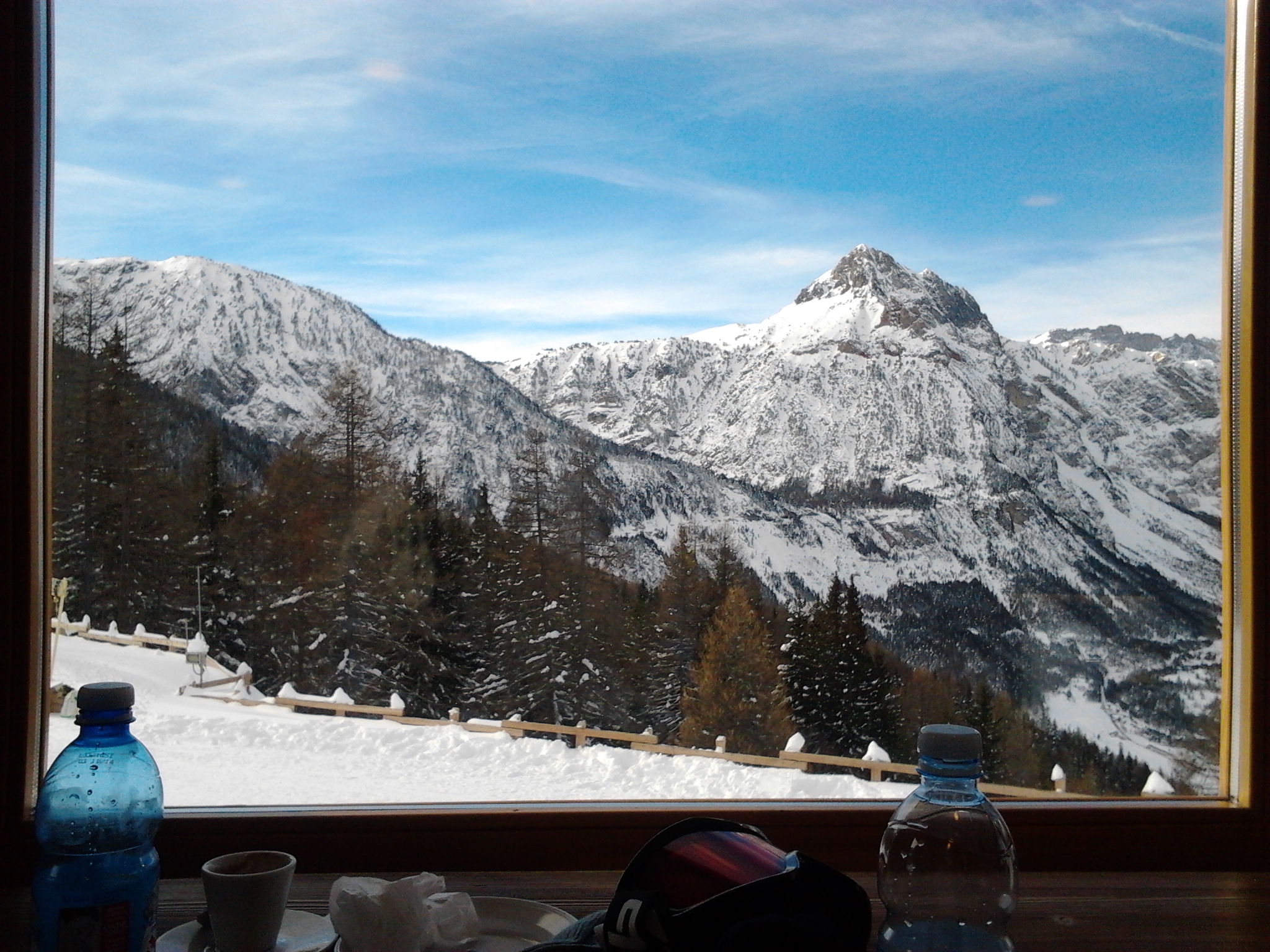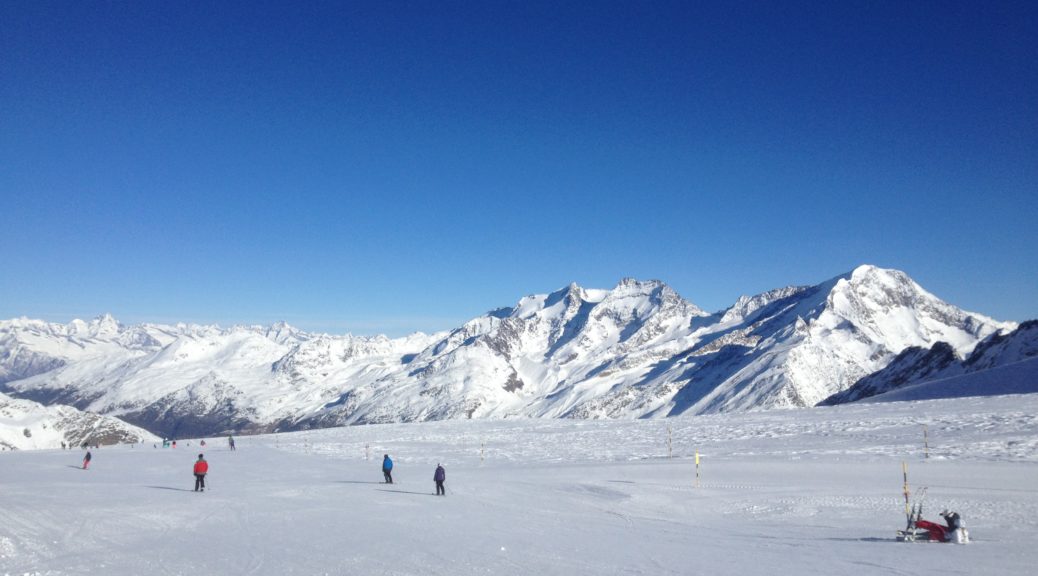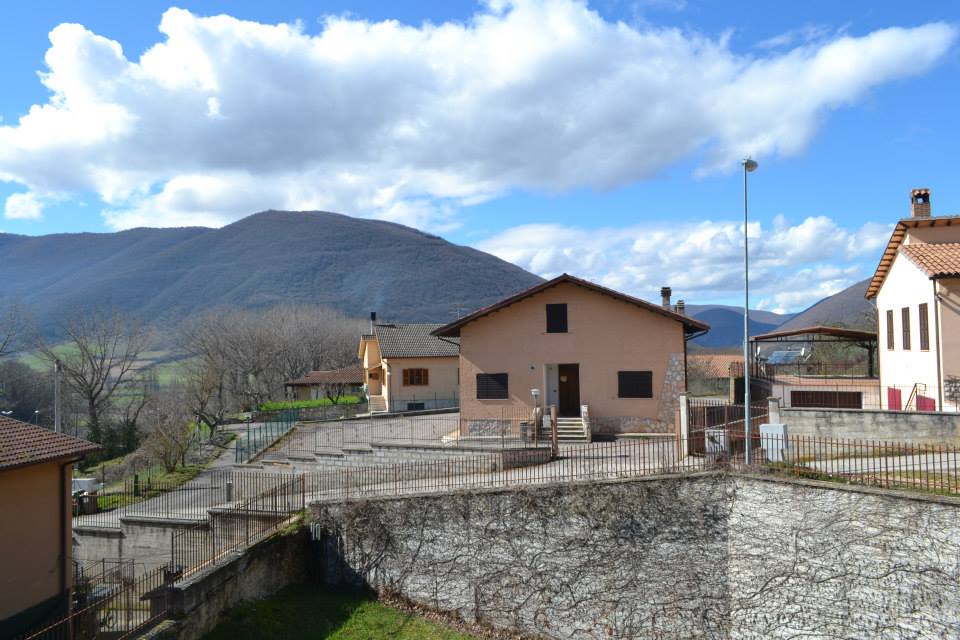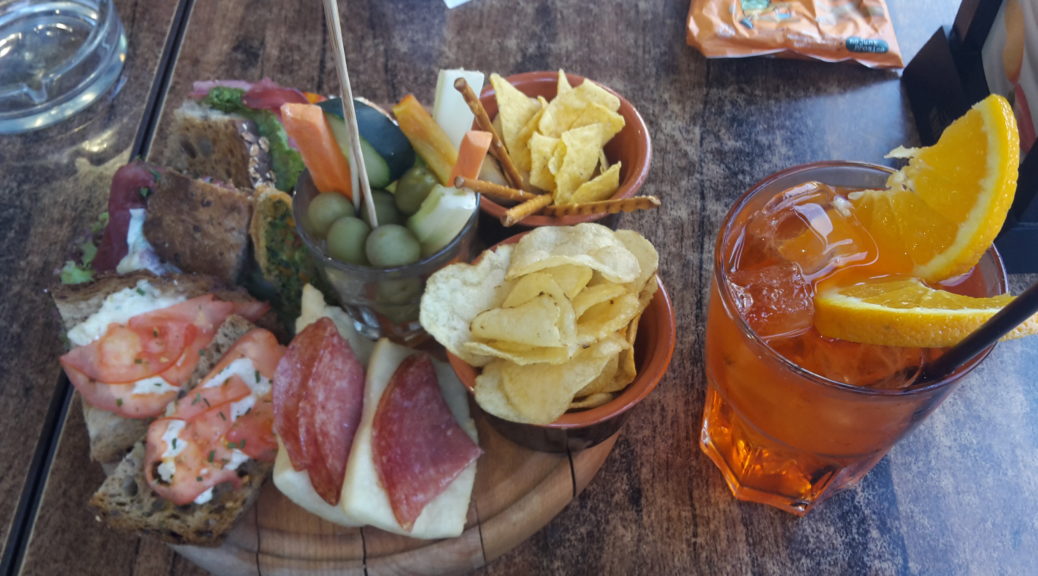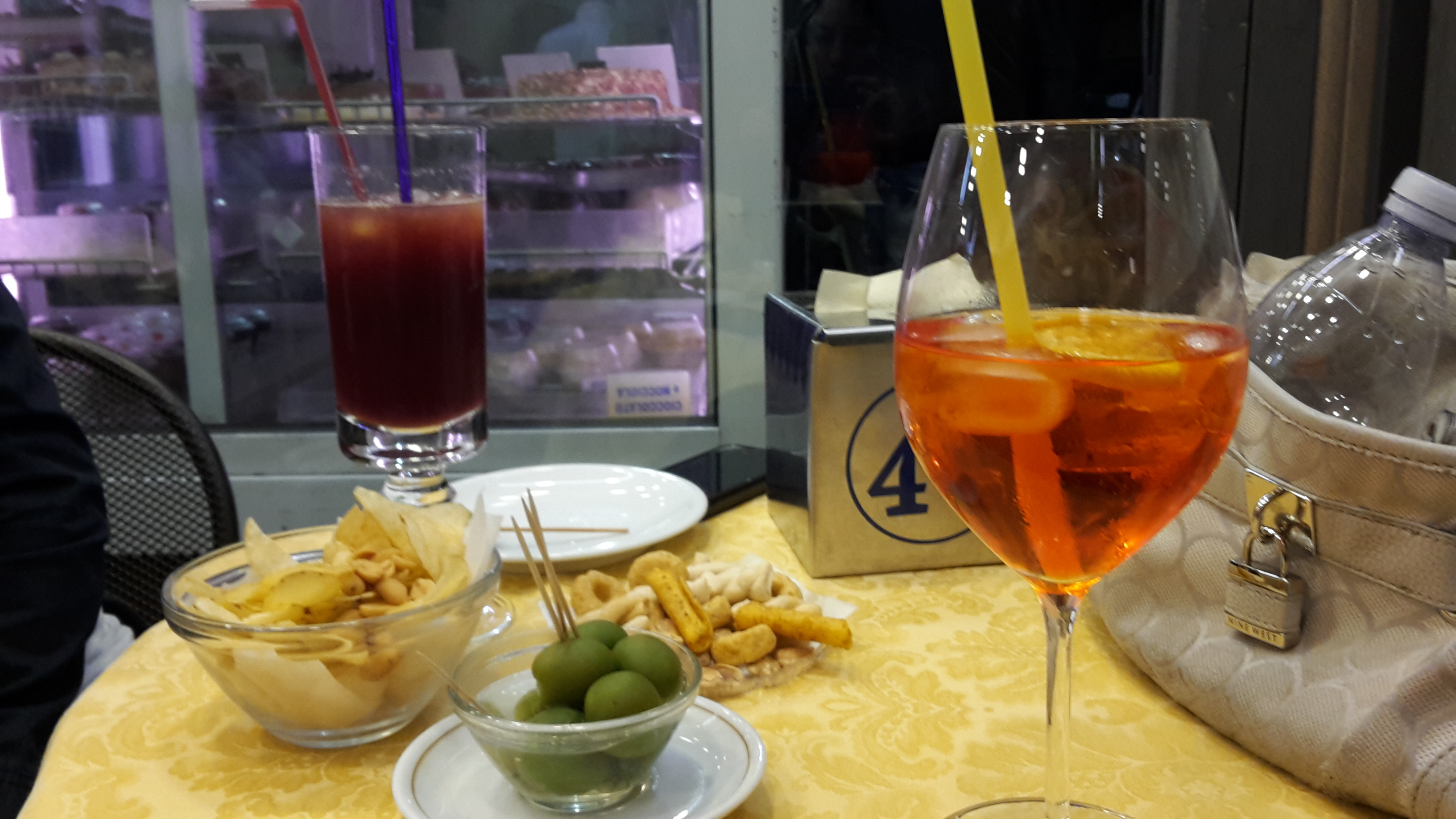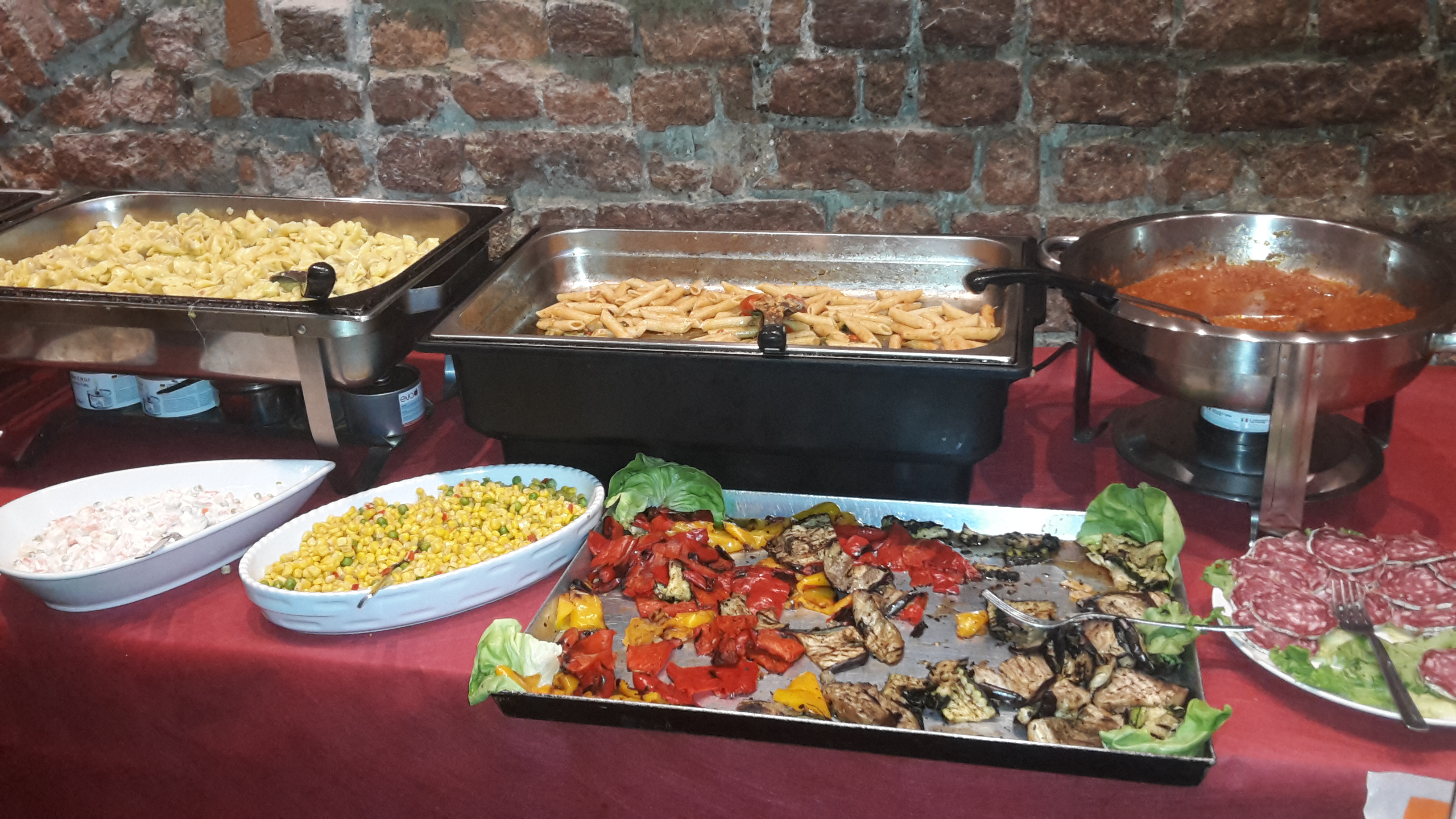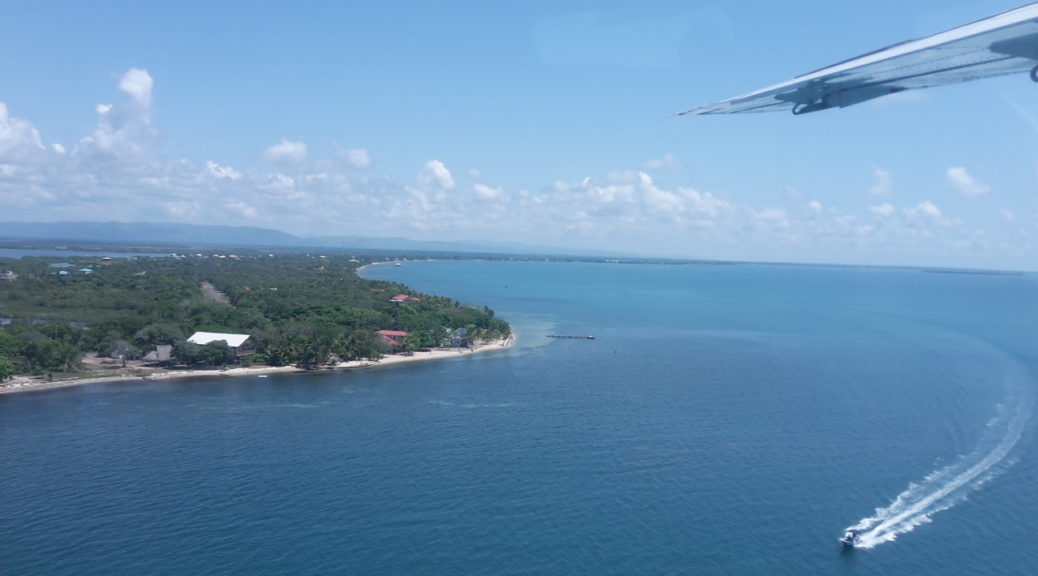
9 Reasons Belize Should Be Your Next Travel Destination
Belize is a destination that over-delivers, with unexpected adventure and incredibly easy travel on any budget.
My decision to visit Belize was a bit last-minute, so it ended up being a solo trip, since there wasn’t enough time to coordinate with anyone and I had a narrow time window that worked with my schedule. Certainly I love to travel solo, although I do think about and plan my travel a bit differently when I know I’ll be on my own.
READ MORE: How to Plan Solo Travel in 8 Easy Steps
Although I did a bit of extra planning and coordinated one organized tour in advance, a lot of the additional preparation was not needed. It was just such an easy place to visit, with really incredible sights to see and explore once you arrived! It even boasts the Belize Barrier Reef, the longest in the western hemisphere, making for great water adventures as well.
Even for those who can be a bit apprehensive about international travel, visiting Belize is a very relaxed and easy vacation to enjoy.
#1 | People are Friendly
I had only stopped for a moment after arriving in San Ignacio by bus, to glance at the map on my phone to locate my guesthouse. During this brief pause, the police officer directing traffic at the nearby roundabout headed my way to ask if he could help me find my destination.
This encounter was typical of many I had in Belize, with locals approaching you to offer help if you paused and looked confused. Or even if you approached them, like I did when I first arrived at the Belize Bus Station from the airport, offering comprehensive and helpful information to help you arrive at your destination smoothly or just taking the time to get to know you and see how you’re liking your time in Belize.
#2 | Everyone speaks English
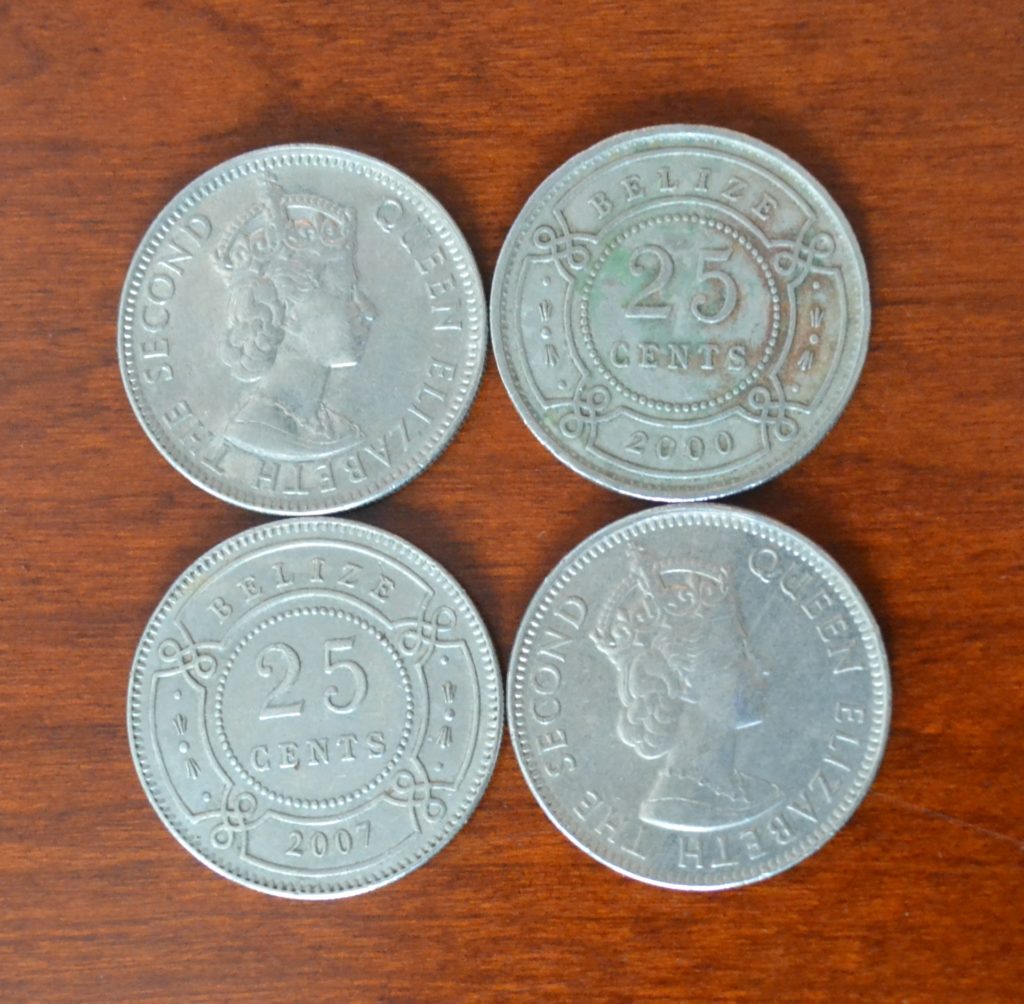
I don’t think it registered with me before my trip that Belize is part of the British Commonwealth. Until I saw Queen Elizabeth on all their currency, anyway! Belize only gained independence in 1981 (quite recently as Commonwealth countries go), and everyone I encountered there spoke English. Certainly for native English speakers, or those of other nationalities with even rudimentary English skills, this takes out a lot of the stress of visiting a foreign country.
While English is the official language, certainly Spanish is widely spoken, especially close to the Guatemalan border. And there is also a fair amount of Kriol (the local Creole language) and some other languages of the region.
#3 | Transport around Belize is easy
Depending on your comfort level and budget, there are plenty of options for how to get around Belize during your trip:
Renting a car. I like to have a buddy for road trips, so I didn’t opt to rent a car, although many do for their time in Belize. And road signs are all in English.
Buses. Buses are what I took most often, to get between cities and also for shorter day trips to Mayan ruins. The buses in Belize may look familiar, because they are second-hand school buses purchased from the United States! Many of them stay their original yellow color, although some bus companies paint over with other hues.
Between cities it can take a while on the bus (besides the Express), since they’ll stop at countless bus stops and intersections along the way. But especially for local buses, I found it extremely useful as a tourist since each bus has a person dedicated to taking money – and not driving – who can make sure you get off in the right spot for where you want to go. Plus, they’re cheap!
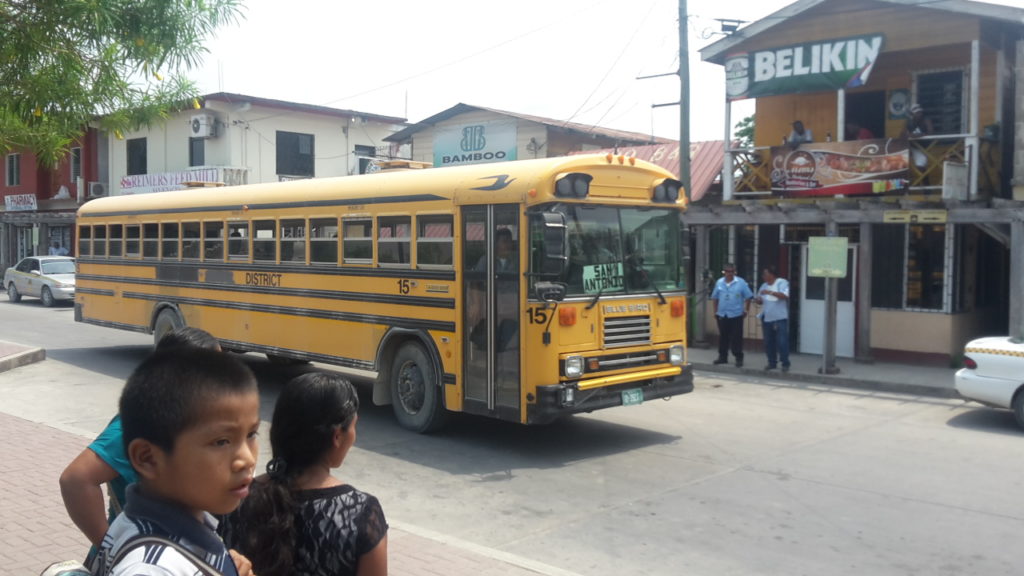
Taxis. Certain spots, like getting from the Belize City Airport to the Bus Station, are just easier in a taxi. Usually there is a fixed fare for these journeys, and even outside of the cities, there was always a local nearby who knew the going rate for a cab ride. Ask locals about the price to expect before you go, and you’ll know you’re paying a fair price.
Ferries/Water Taxis. If you’re visiting Caye Caulker or Ambergris Caye off the coast of Belize City, most people opt for one of the water taxis that run across. There are also various spots along the coast with ferries. From Danriga, I took a bus to Independence (which was leaving much sooner than the Placencia bus), and then got a ferry to Placencia Town at the tip of the peninsula.
Flights. There are a lot of short-hop flights on local carriers like Maya Air and Tropic Air, especially along the coast. It’s definitely more expensive than the bus, but will get you to your destination much faster and with stunning views along the way as the planes fly quite low. I took one flight to get to the airport on my way home, so I didn’t have to leave super-early in the morning or stress about traffic on the road to Belize City.
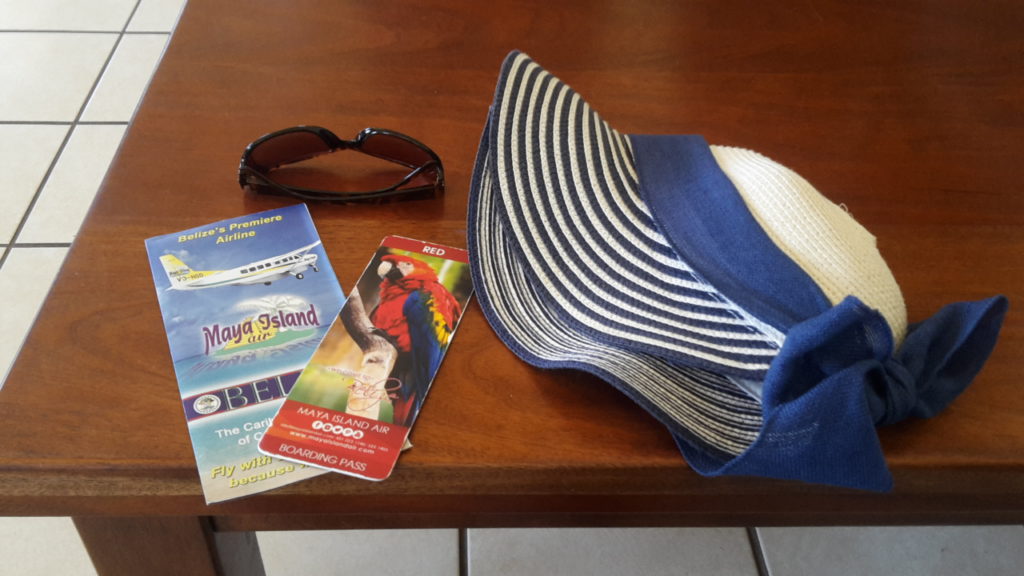
https://www.instagram.com/p/BUNElCFg6xX/
Car Transfers. If the thought of inter-city travel on an old school bus without air conditioning gives you pause, don’t worry, that’s not your only option. There are several car transfer companies that offer a more comfortable, air-conditioned, direct ride to your destination. Most hotels and guesthouses can arrange this for you in advance.
#4 | It’s easy to travel on a budget
While there are some costs you can’t avoid, overall travel around Belize is quite inexpensive, even if it’s accurately known as the most expensive country in Central America. That’s only by comparison to some very cheap places to visit.
Especially with taking bus transportation and doing some exploring on your own, you can get around and eat well for not all that much. If you’re willing to forego air conditioning, you can get true budget accommodations, but even my private room in a guesthouse with air conditioning in San Ignacio was only around $50 USD/night.
Plan for the budget you have, but cost should definitely not be a deterrent to visiting!
#5 | You can pay in US dollars pretty much anywhere
If you’re American or arriving from the US, you’ll be pleased to know that you can pay in US dollars throughout Belize. This includes taxis, random small town buses, and street vendors, as well as more established hotels and businesses. I never had my US dollars refused.
Typically when you pay with US currency, you’ll get Belizean dollars (BZD) as change, although sometimes I was offered a mix of USD and BZD. Don’t worry, it’s an easy conversion because the currencies are tied together: $1 US = $2 BZD.
I brought a fair bit of cash, and between that and paying for tours with a credit card when I could, I didn’t need to go to an ATM or formally exchange money the entire trip. Although since credit cards charge a conversion fee, it would have actually been a bit cheaper to pay for everything in cash, which I didn’t realize ahead of time. If you’re comfortable carrying that much, anyway.
TIP! Be sure to check whether prices are in USD or BZD at restaurants and shops since both currencies use the dollar sign ($) and you’ll want to know the actual cost of what you’re getting.
#6 | All sorts of adventures await
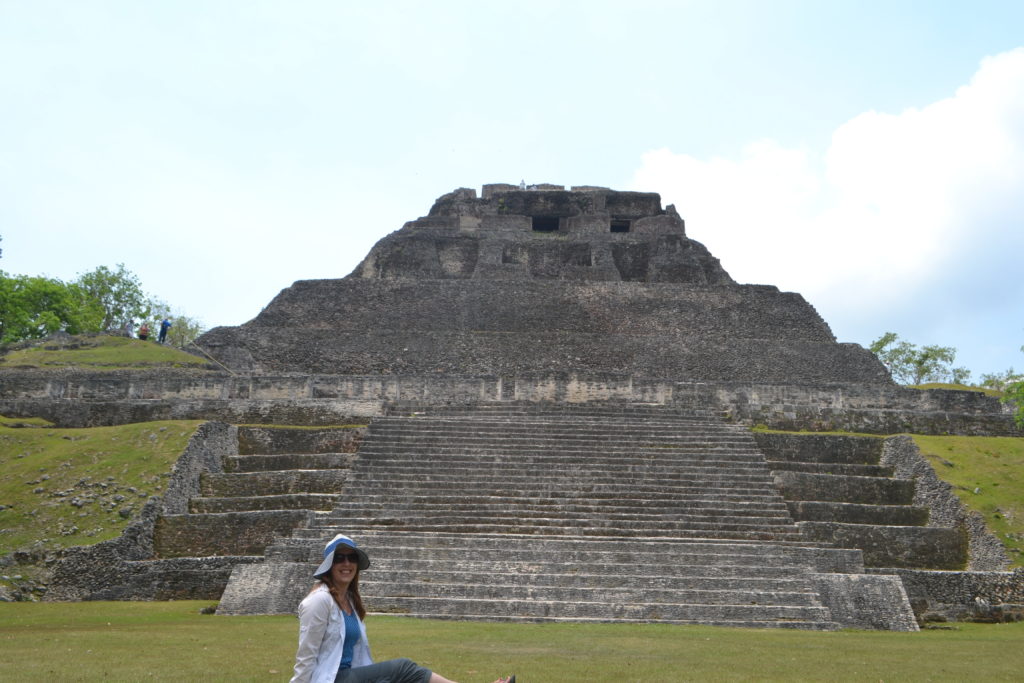
One of the main things that drew me to visit Belize was adventure. There are all sorts of active and outdoor activities to enjoy, and many of these are clustered in certain parts of the country, so it’s easy to have a single home base and do day trips in different directions, as I did from San Ignacio.
Adventures include:
- exploring and climbing Mayan ruins (went to a few of these)
- hiking
- caving
- swimming in waterfalls (did this twice)
- visiting wildlife preserves
- some of the best scuba diving and snorkeling in the world (I saw a manatee!)
https://www.instagram.com/p/BUIq-xiArFs/
#7 | Tours are readily available
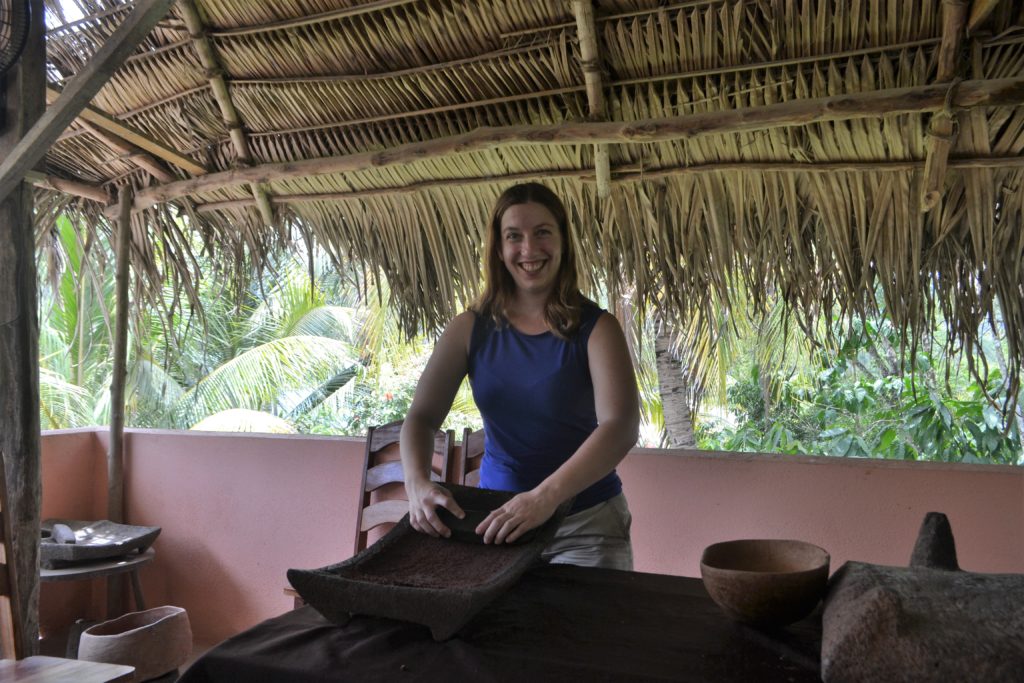
If you’re not quite as independent on the road as I am, or want to follow my lead and break up solo travel with a few organized tours, there is availability of tours for just about everything you might want to do. There are also a few outings that for preservation reasons, you can only enter with a tour guide.
I did full-day tours to the ATM cave (tour guide required), a day trip to Tikal in Guatemala, & a visit to a Mayan chocolate farm and factory (pictured above) followed by swimming in a waterfall. When I was staying at the beach, I also did a ½ day snorkeling tour at the last minute.
The only tour I arranged in advance was to visit the chocolate farm and factory, and all my other day trips I was able to arrange the night before. Most tours have a minimum of 2 people, so as a solo traveler, I just found out which tours already had people signed up for the following day. Or you can always pay a premium for a private tour.
#8 | You can relax on one of the countless beaches
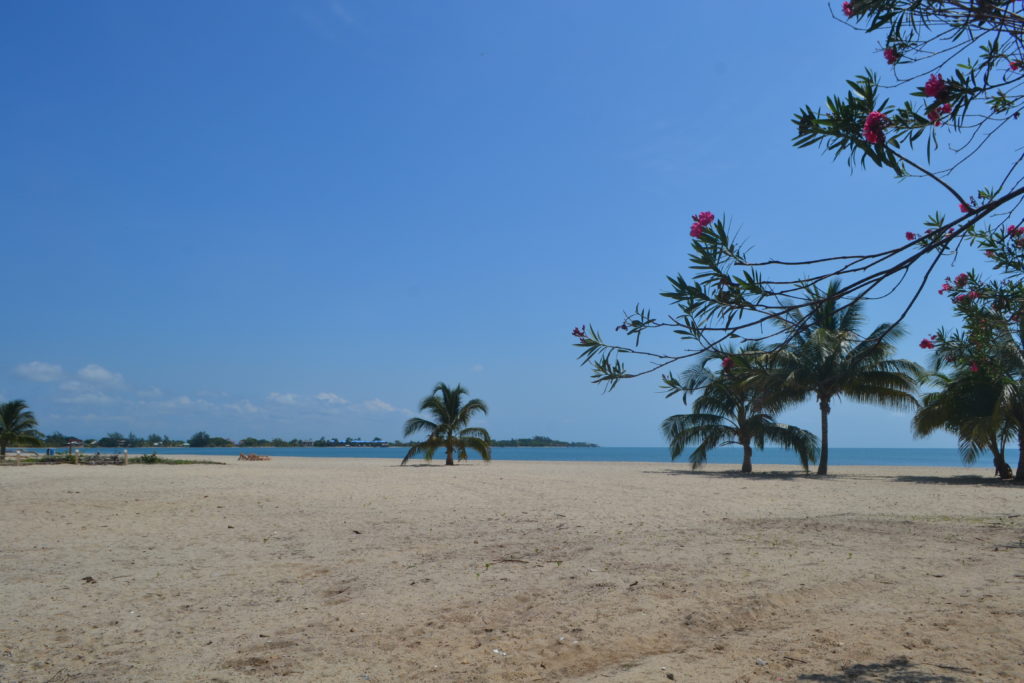
On the Caribbean coast, Hopkins and Placencia (where I stayed), are the most popular beach destinations. But a country like Belize is not limited to a single coastline because there are hundreds of cayes!
Cayes are small islands of varying sizes, many with pristine white beaches and incredible snorkeling and diving in the surrounding water. Larger cayes will have accommodations available, so you can stay overnight or in some cases have a private section of beach to enjoy.
#9 | Great food everywhere you go

There some fabulous restaurants scattered throughout Belize. These range from fancy seafood restaurants, ones serving traditional Belizean cuisine, ethnic restaurants (lots of Chinese food), and upscale French and Italian spots.
There is also a strong street food culture. Which means that you can eat well everywhere, even in transit. And the cheapest food you can get, typically from a street food vendor, is often the most delicious.
READ MORE: Foodie Bucket List – How to Eat Like a Local in Belize
You can get a sense of how much I enjoyed Belize because although I only recently returned from my trip, I am already strategizing about how to go back for a return visit!
I was a bit too early for the annual Lobster Festivals that take place in a few different coastal towns when lobster season begins each year on June 15th. And I didn’t make it to the most popular part of Belize – the Cayes (Caulker & Ambergris).
Next time…
Have you been to Belize? What made it an enjoyable experience for you? Any other questions about what it’s like to visit? Let me know in the ‘Comments’ below.
Like this post? ‘Pin it’ on Pinterest!

